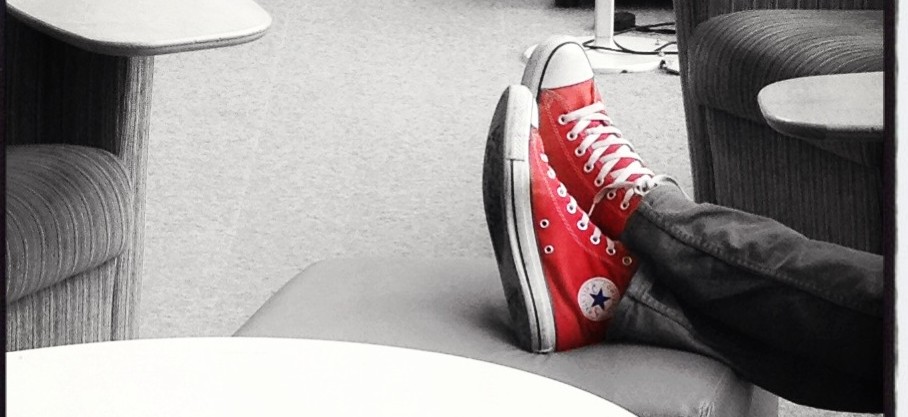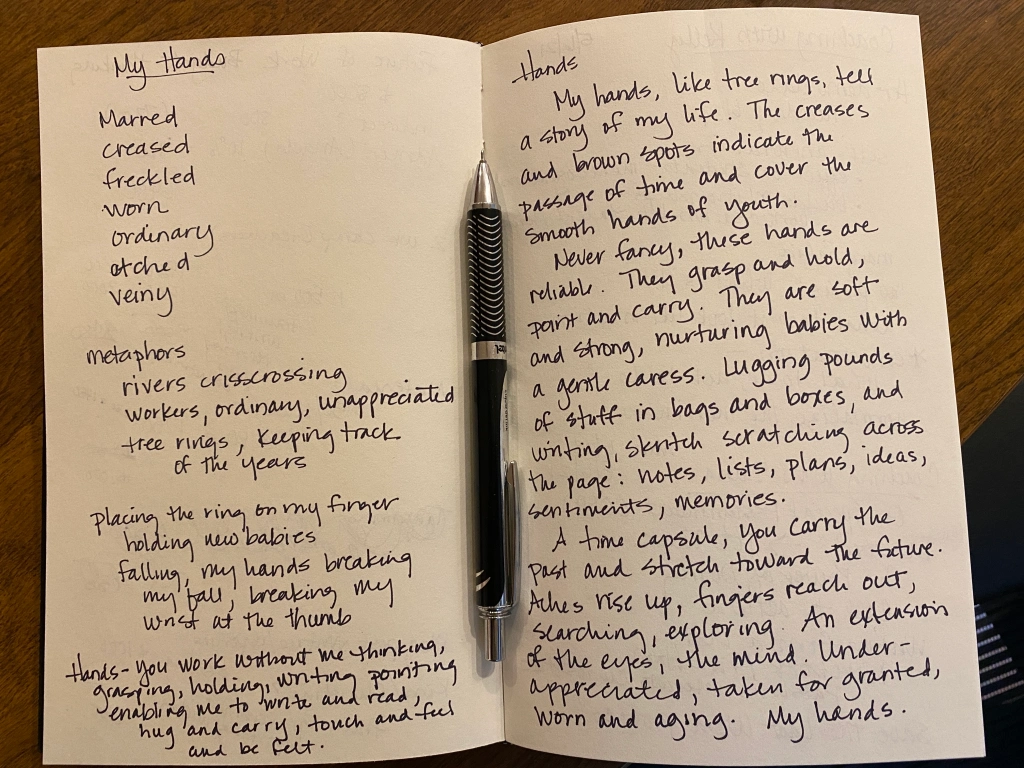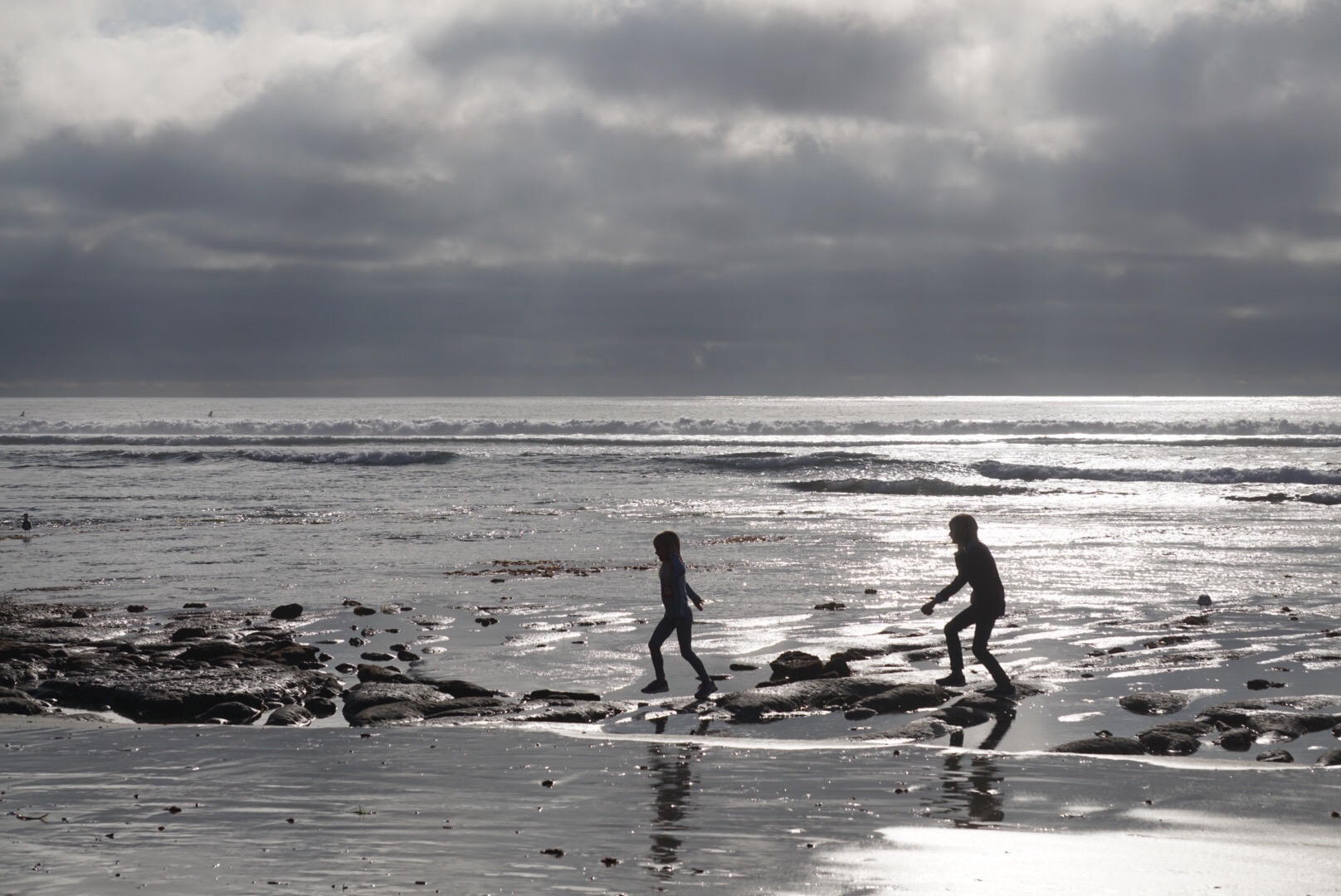There’s something so special about making things. You use your own hands and something that was once a flat blank piece of paper is suddenly something else, something you created.
We’ve been making Zines in my first grade classroom. Our first attempt happened during our Dot Day celebration. We took a piece of printer paper, folded until we had 8 even rectangles, made a single cut…and voila! The paper became a small, multi-paged book. Those first books became our “A Dot Can Be…” zines.
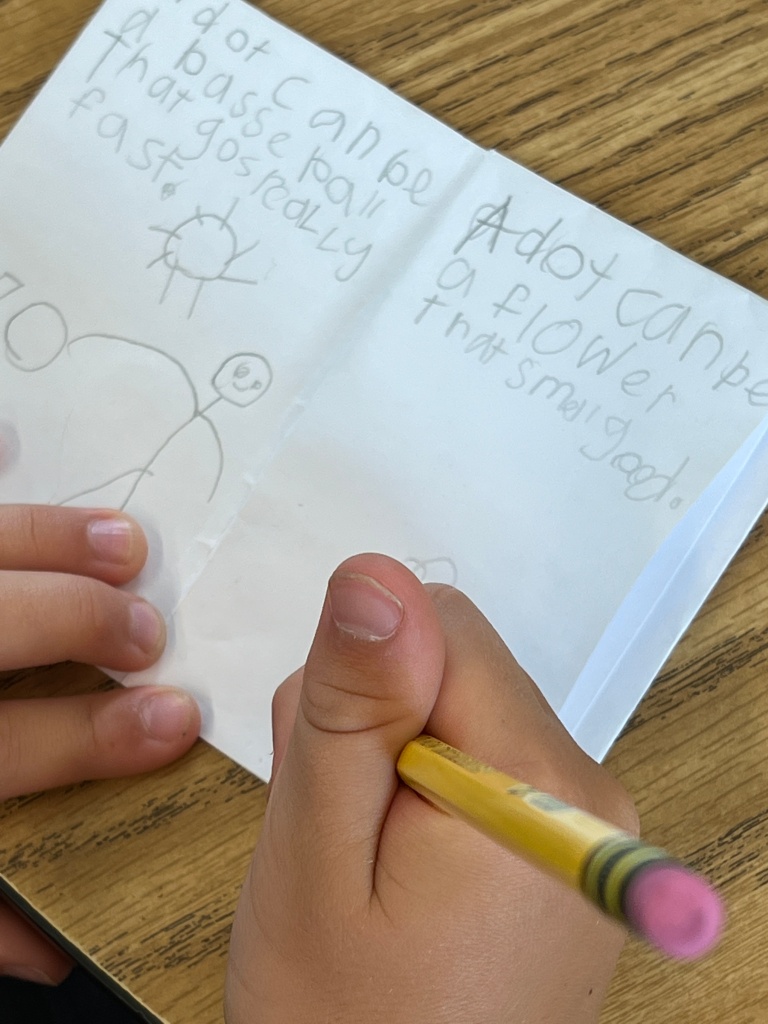
Last week in honor of #writeout, we spent some time in our pollinator garden and basin area of the playground exploring nature’s artifacts. I wrote about our experience with our nature collectors and our wonder walk here. When I left off with that post students were in the process of creating zines about the nature items they collected. What I love most about these mini zines is the agency students feel about creating them. I also like that it allows students to both “write small” and to be literary in their approach. Students who are emerging as writers might create a page that reads, “Spiders Find a Way” with a beautiful drawing of a spider on a web, while more advanced writers can write, “A rock finds a way to scrub against the tree with happiness.” The writing and creating is accessible to everyone in our first grade class. And the zines are truly tiny jewels!
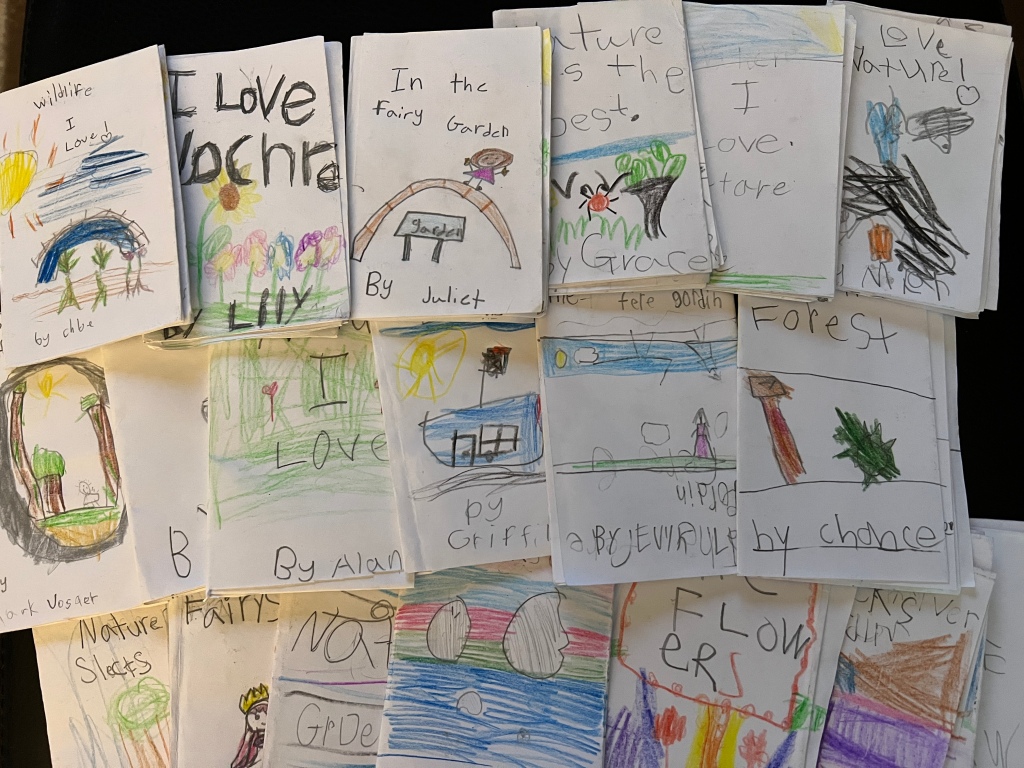
And after a conversation with some colleagues on the Connecting the Network Call with the National Writing Project last week, I took their suggestion and sent blank zines (made by my students) home with students with an invitation to explore on their own at home and to make a zine on their own. (We forgot to take them home on Friday, so they went home on Monday).
And…just like my colleagues suspected, my students were motivated to write at home. Today this lovely book came in:

My student was excited to read it to me…and for me to read it to the class! It was a delightful nature-based fictional story that involved a bug and a centipede. I’m guessing some more student-created zines may show up in the classroom later this week!
I know we’ll keep on making and writing…and making writing, both inside and outside the classroom. I’m excited about the writing community that my classroom is becoming.
